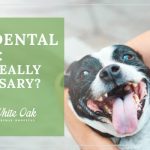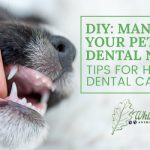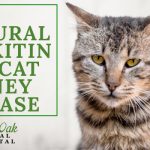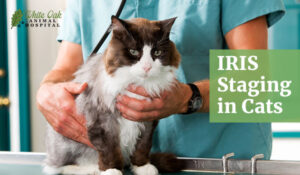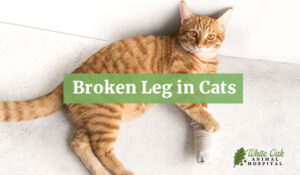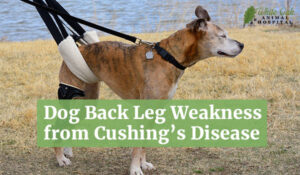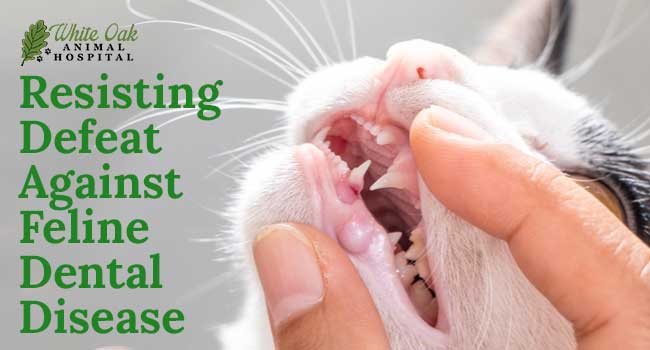
Feline dental disease encompasses various dental problems that cats might face. Feline dental health is a crucial aspect of our furry friends’ well-being. Cats, just like humans, can experience dental issues that can affect their overall health. This condition can lead to discomfort, pain, and even more severe complications if left untreated. So, understanding feline dental disease is essential for cat owners to ensure their pets’ comfort and happiness. Let’s delve into the causes, symptoms, and treatment options to provide our feline companions with healthier smiles.
Understanding Feline Dental Disease
Feline dental disease is a bunch of problems that can happen in a cat’s mouth. It’s not just about their teeth, but their gums too. This can mess up their chewing, make them feel uncomfortable, and even cause pain. And hey, it’s not just about their mouth – if it’s not taken care of, it can mess up their overall health too. You see when they can’t chew properly, it affects their eating, which means they might not get all the good stuff they need from their food.
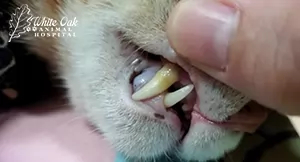 This feline dental disease thing happens because of plaque and tartar buildup, just like with us humans. If we don’t brush our teeth, bad stuff starts to grow, right? Same with cats. This buildup can lead to infections and other issues. And guess what? If these dental issues aren’t dealt with, they can even cause problems with their kidneys and heart. So, it’s not just about teeth – it’s about their whole body feeling good. That’s why we cat owners need to be on the lookout for any signs of trouble and get them checked out by the vet.
This feline dental disease thing happens because of plaque and tartar buildup, just like with us humans. If we don’t brush our teeth, bad stuff starts to grow, right? Same with cats. This buildup can lead to infections and other issues. And guess what? If these dental issues aren’t dealt with, they can even cause problems with their kidneys and heart. So, it’s not just about teeth – it’s about their whole body feeling good. That’s why we cat owners need to be on the lookout for any signs of trouble and get them checked out by the vet.
Understanding feline dental disease is crucial. Our adorable feline companions might not show their discomfort easily, but dental problems can seriously impact their well-being. By being aware of this condition, we can detect the signs early and ensure our furry friends don’t suffer in silence. Feline dental disease isn’t just about teeth – it’s linked to their overall health. Dental issues can lead to pain, difficulty eating, and even infections that spread throughout the body. That’s why we need to keep an eye out for any changes in their behavior or appetite.
Potential Complications of Untreated Feline Dental Disease
Feline dental disease is influenced by a range of factors that collectively contribute to oral health problems in cats. One of the leading causes is poor oral hygiene, often arising from the lack of regular dental care practices such as brushing. This can result in the accumulation of plaque and tartar on teeth, fostering an environment for bacterial growth and subsequent dental issues.
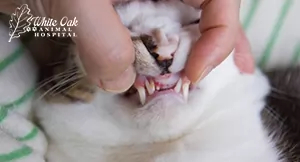 Tartar buildup, specifically, is a significant concern. It forms when food particles and bacteria combine, solidifying into a hard substance that adheres to teeth. This not only causes cosmetic problems but can lead to inflammation of the gums (gingivitis) and the progression of periodontal disease, causing pain and discomfort for the cat. Diet plays a pivotal role as well. Cats consuming soft diets or primarily wet food may not experience the same level of natural teeth cleaning as those on dry diets (but, it’s a trade-off because wet food is great for kidney health and provides much-needed moisture). The act of chewing on dry food can help reduce plaque and tartar buildup, promoting healthier teeth and gums. Inadequate dental care components in diets can exacerbate dental problems over time.
Tartar buildup, specifically, is a significant concern. It forms when food particles and bacteria combine, solidifying into a hard substance that adheres to teeth. This not only causes cosmetic problems but can lead to inflammation of the gums (gingivitis) and the progression of periodontal disease, causing pain and discomfort for the cat. Diet plays a pivotal role as well. Cats consuming soft diets or primarily wet food may not experience the same level of natural teeth cleaning as those on dry diets (but, it’s a trade-off because wet food is great for kidney health and provides much-needed moisture). The act of chewing on dry food can help reduce plaque and tartar buildup, promoting healthier teeth and gums. Inadequate dental care components in diets can exacerbate dental problems over time.
Age is also a factor in feline dental health. As cats grow older, the wear and tear on their teeth become more pronounced, potentially leading to dental complications. Older cats are more likely to experience tooth fractures, abscesses, and gum diseases due to these natural aging processes. Genetics can also predispose certain cats to dental issues. Some breeds are more susceptible to specific dental problems, including tooth malformations, misalignments, and even a higher likelihood of periodontal disease.
Complications of Untreated Feline Dental Disease
Untreated feline dental disease can lead to a cascade of serious complications that significantly affect their overall health and quality of life. First and foremost, untreated dental problems often result in persistent pain and discomfort for the cat. The inflammation of gums (gingivitis) and the advancement to periodontal disease can cause throbbing pain and soreness, making it painful for the cat to eat, groom, or even play.
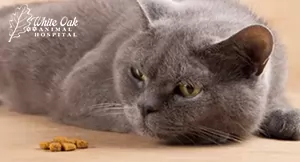 As dental issues progress, they can lead to tooth decay and abscesses. Infected teeth not only cause localized pain but can also become a source of systemic infection, potentially affecting other parts of the body such as the heart, liver, and kidneys. This can lead to severe illness and even organ damage if left untreated. Furthermore, cats with untreated dental disease often experience difficulty eating due to pain and compromised oral health. This can result in weight loss and malnutrition, further exacerbating their overall health condition. Cats may start avoiding hard foods altogether, leading to a limited and unbalanced diet.
As dental issues progress, they can lead to tooth decay and abscesses. Infected teeth not only cause localized pain but can also become a source of systemic infection, potentially affecting other parts of the body such as the heart, liver, and kidneys. This can lead to severe illness and even organ damage if left untreated. Furthermore, cats with untreated dental disease often experience difficulty eating due to pain and compromised oral health. This can result in weight loss and malnutrition, further exacerbating their overall health condition. Cats may start avoiding hard foods altogether, leading to a limited and unbalanced diet.
Recognizable Symptoms and Diagnosis and Effective Treatment Options for Feline Dental Disease
Recognizing feline dental disease symptoms is vital for early intervention. Symptoms can vary but often include bad breath, swollen or bleeding gums, drooling, and visible tartar buildup on teeth. Cats might show reduced appetite, difficulty eating, weight loss, and may even paw at their mouths due to discomfort. Behavioral changes like increased irritability or avoiding touch around the mouth can also indicate dental issues.
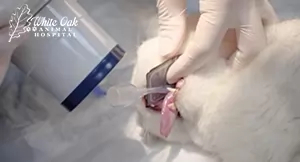 Veterinarians diagnose feline dental disease through a combination of visual examination and, if necessary, further diagnostic procedures. A thorough physical exam allows vets to assess oral health and look for signs of inflammation, gum disease, or broken teeth. Dental X-rays can reveal hidden problems beneath the gum line like abscesses or root infections that are not apparent on the surface.
Veterinarians diagnose feline dental disease through a combination of visual examination and, if necessary, further diagnostic procedures. A thorough physical exam allows vets to assess oral health and look for signs of inflammation, gum disease, or broken teeth. Dental X-rays can reveal hidden problems beneath the gum line like abscesses or root infections that are not apparent on the surface.
Treatment options for feline dental disease depend on the severity of the condition. Professional dental cleanings under anesthesia are common. This involves scaling off tartar and plaque buildup from teeth surfaces, both above and below the gum line. If a tooth is severely decayed or abscessed, extraction might be necessary to prevent further pain and infection.
For advanced cases, surgeries like gingivectomy (removing diseased gum tissue) or root canal procedures could be considered to save teeth that would otherwise need extraction. Antibiotics might also be prescribed to control infection and inflammation. Early intervention is crucial. Regular dental check-ups can catch issues before they worsen. Professional cleanings can prevent progression to severe disease. Untreated dental problems can lead to painful complications, affecting a cat’s eating, behavior, and overall health.
Preventive Measures and Home Care for Feline Dental Disease
The link between oral health and a cat’s overall well-being is profound, influencing various aspects of their life. Firstly, oral health directly impacts eating habits. Cats with dental issues may experience pain while chewing, leading to reduced food intake and subsequent weight loss. Healthy teeth are crucial for proper mastication, ensuring cats can effectively break down and digest their food, obtaining essential nutrients. Addressing dental issues enhances a cat’s comfort, prevents pain, and reduces the risk of systemic infections. Here are five essential tips for cat owners to prevent dental issues:
- Regular Dental Examinations: Schedule routine vet visits for dental check-ups. Early detection of feline dental disease can prevent their escalation.
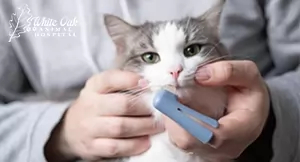 Brushing Routine: Introduce a dental hygiene routine early in your cat’s life. Gently brush their teeth using a cat-friendly toothbrush and toothpaste.
Brushing Routine: Introduce a dental hygiene routine early in your cat’s life. Gently brush their teeth using a cat-friendly toothbrush and toothpaste.- Dental Diets and Treats: Offer specially formulated dental diets and treats designed to promote oral health. They can help reduce plaque and tartar buildup.
- Chew Toys: Provide appropriate chew toys to help naturally clean teeth. Chew toys encourage gnawing, which can help prevent plaque accumulation.
- Proper Nutrition: Feed a balanced and nutritious diet that supports dental health. Dry kibble can have a mild abrasive effect, aiding in cleaning teeth as cats chew.
At White Oak Animal Hospital, we understand the significance of your cat’s oral health. When it comes to your cat’s well-being, we go above and beyond. We offer integrative options that you won’t find elsewhere. Our TCVM Telemedicine consultations allow you to connect with our experienced veterinarians from the comfort of your home. With over 28 years of experience and having treated over 6,000 pets, you can trust us to provide the care your feline companion deserves.
Don’t wait until problems arise – take the proactive step now. Bring your beloved cat to White Oak Animal Hospital and let us provide them with the dental care they need and deserve. Your cat’s health is our priority, and we’re here to make sure they have a happy, healthy, and pain-free life.
Related Posts
-
Are Dental Cleanings for Pets Necessary?
I can usually count on it at least once a week. I follow the…
-
Managing Pet Dental Needs at Home
Looking for ways to manage your pet dental care needs at home? While we…
-
Why Try All Natural Epakitin For Cat Kidney Disease?
Cat kidney disease is a common ailment in older cats. For example, common causes of…
-
Feline Diabetes Decoded: 6 Telltale Symptoms Every Owner Should Know
Feline diabetes is a metabolic disorder that affects cats, disrupting their ability to regulate…

